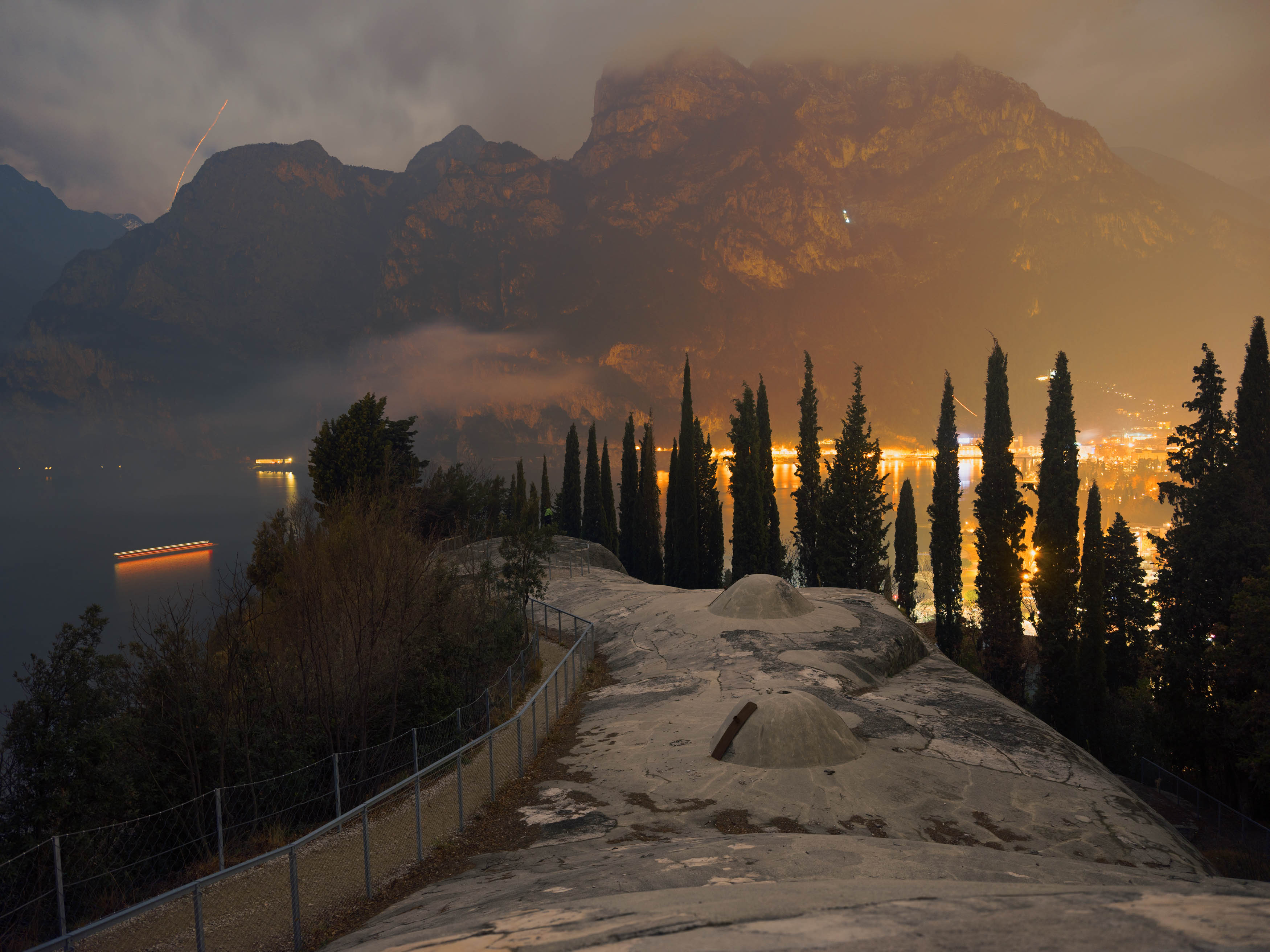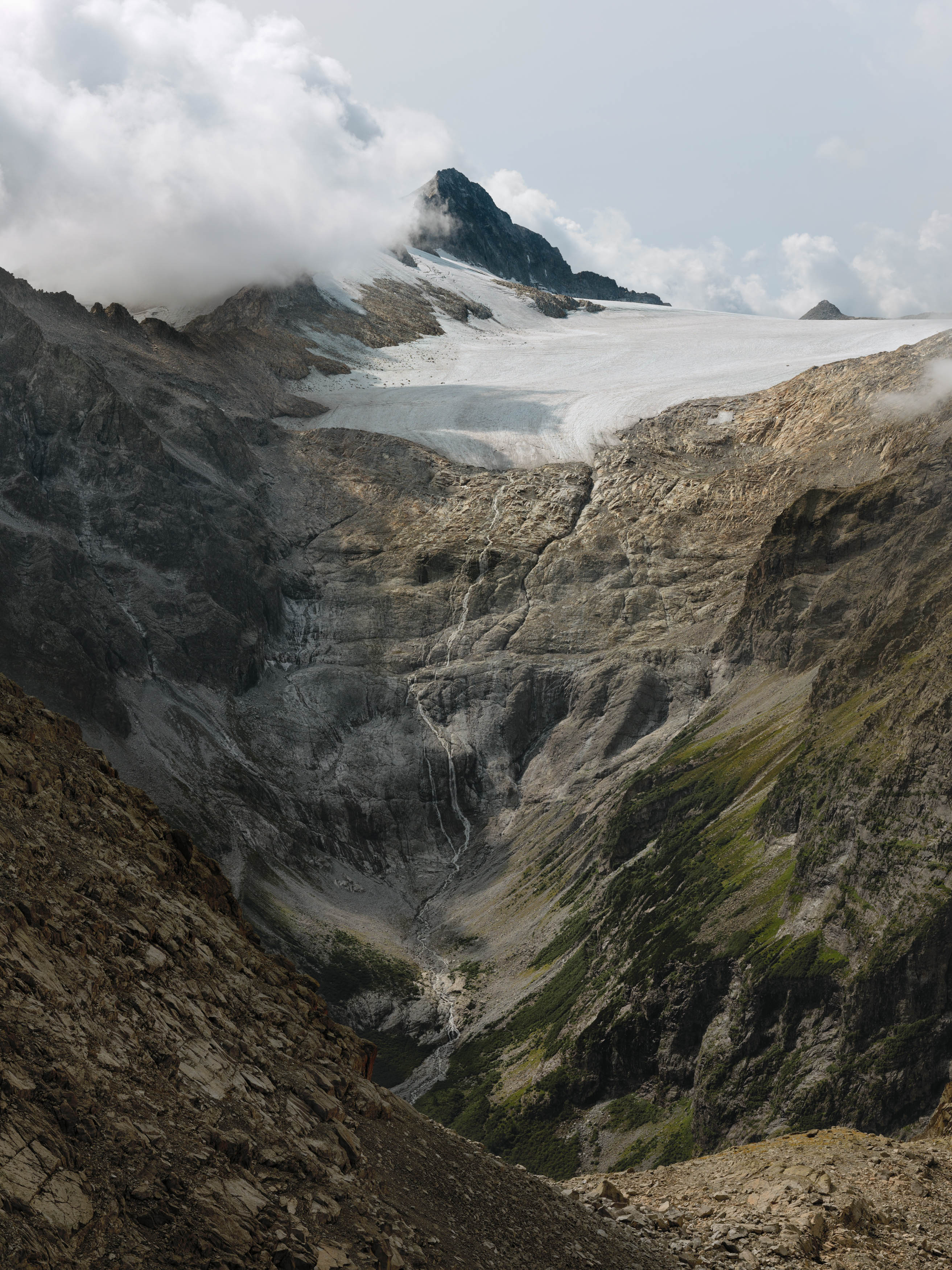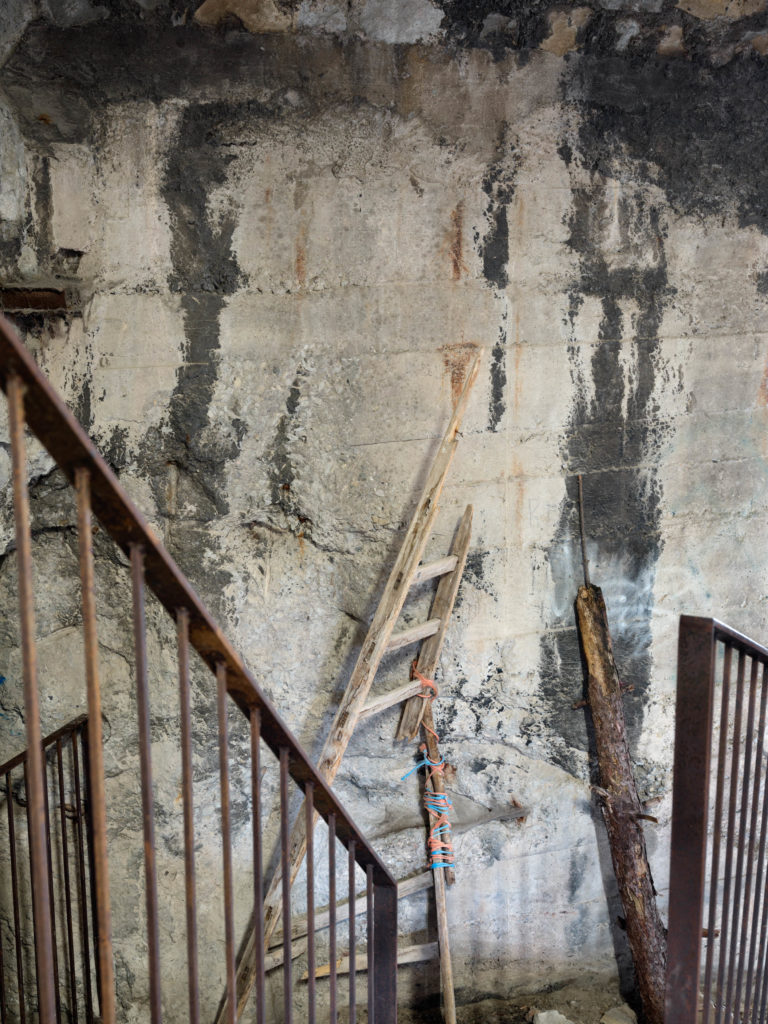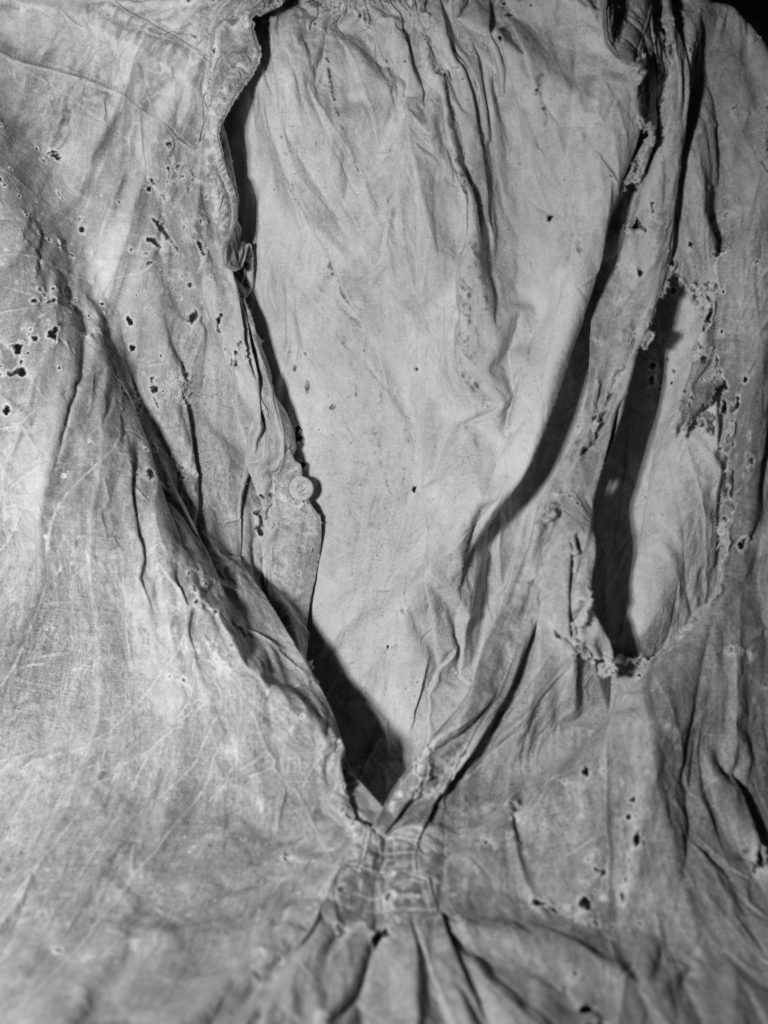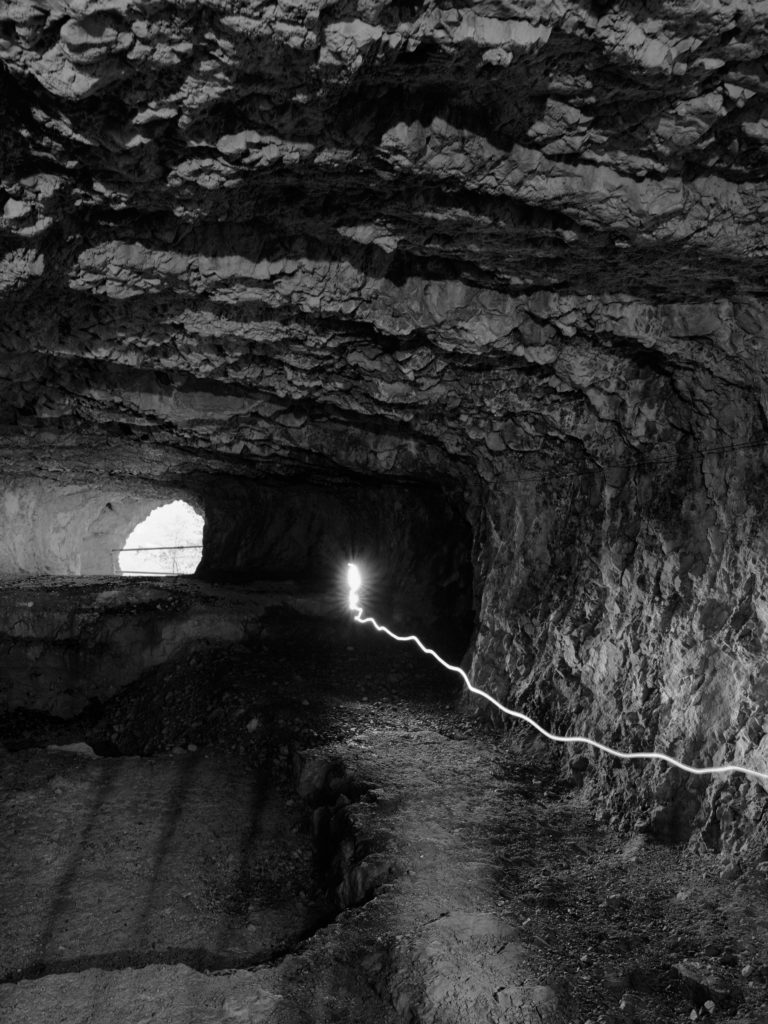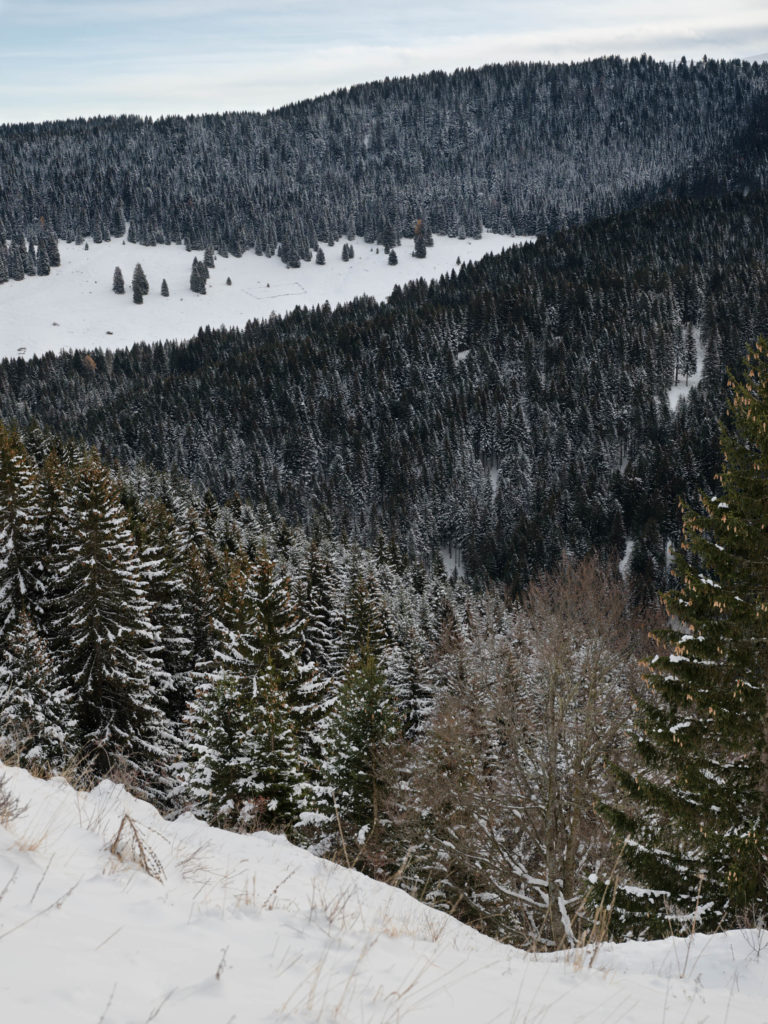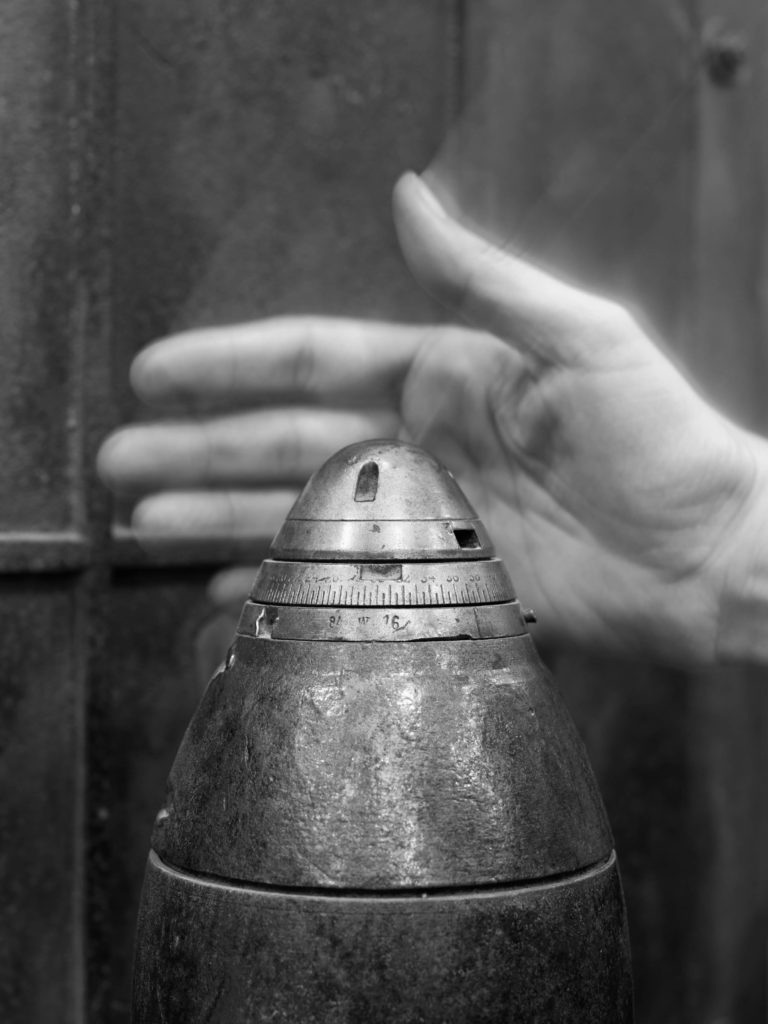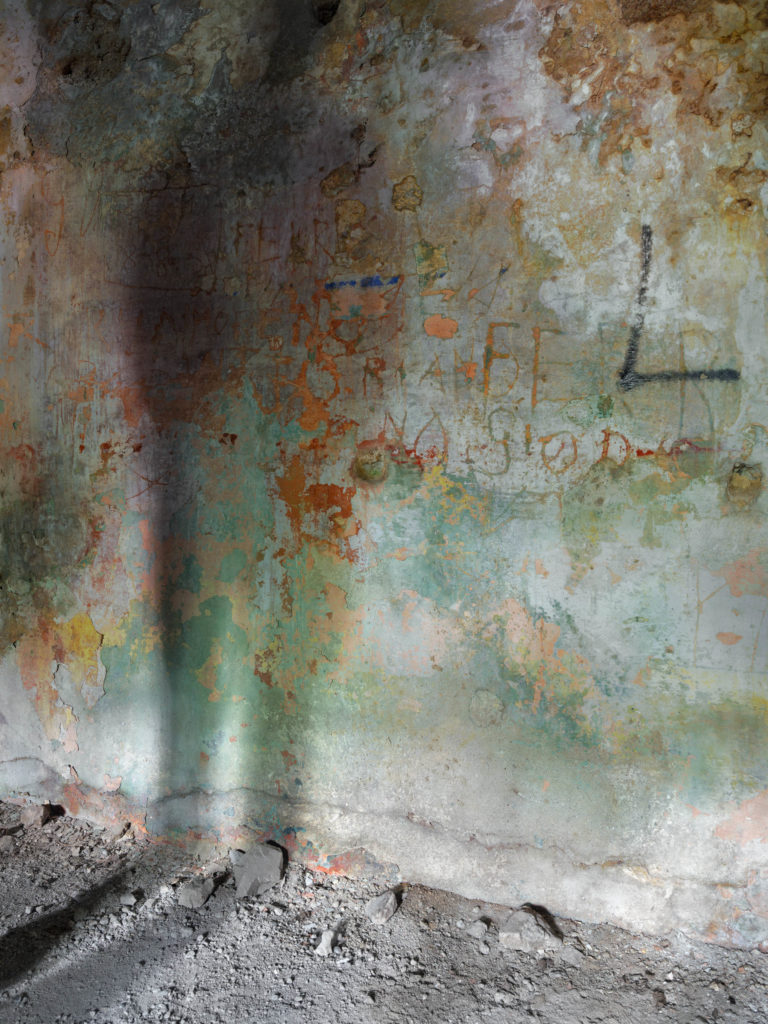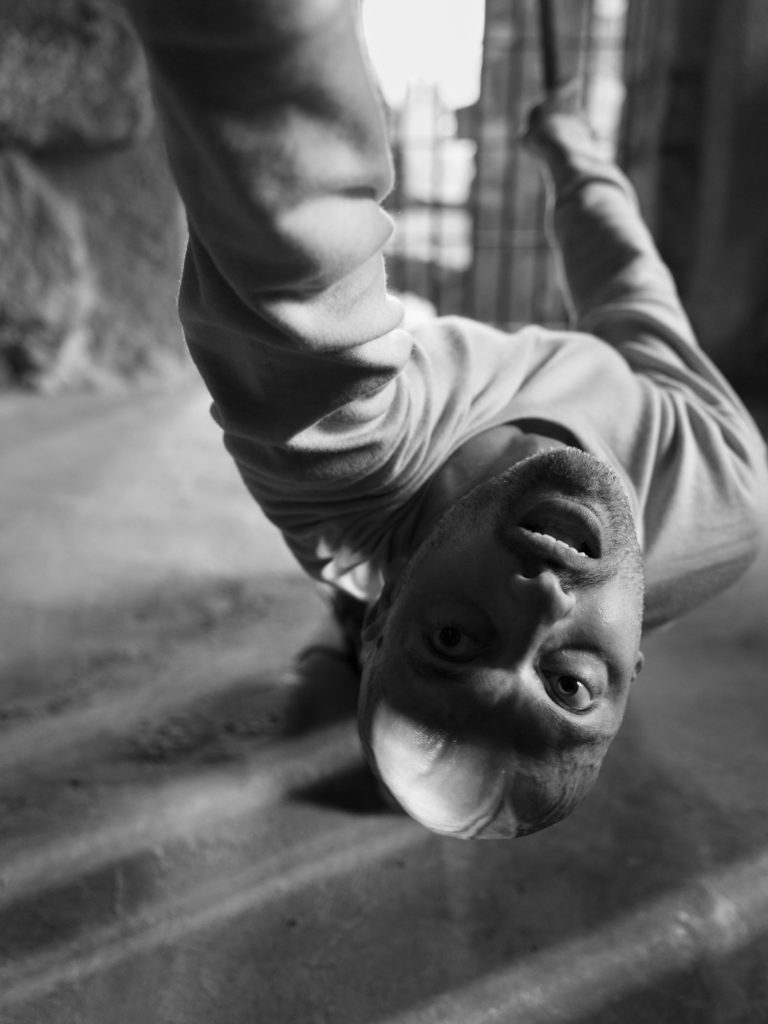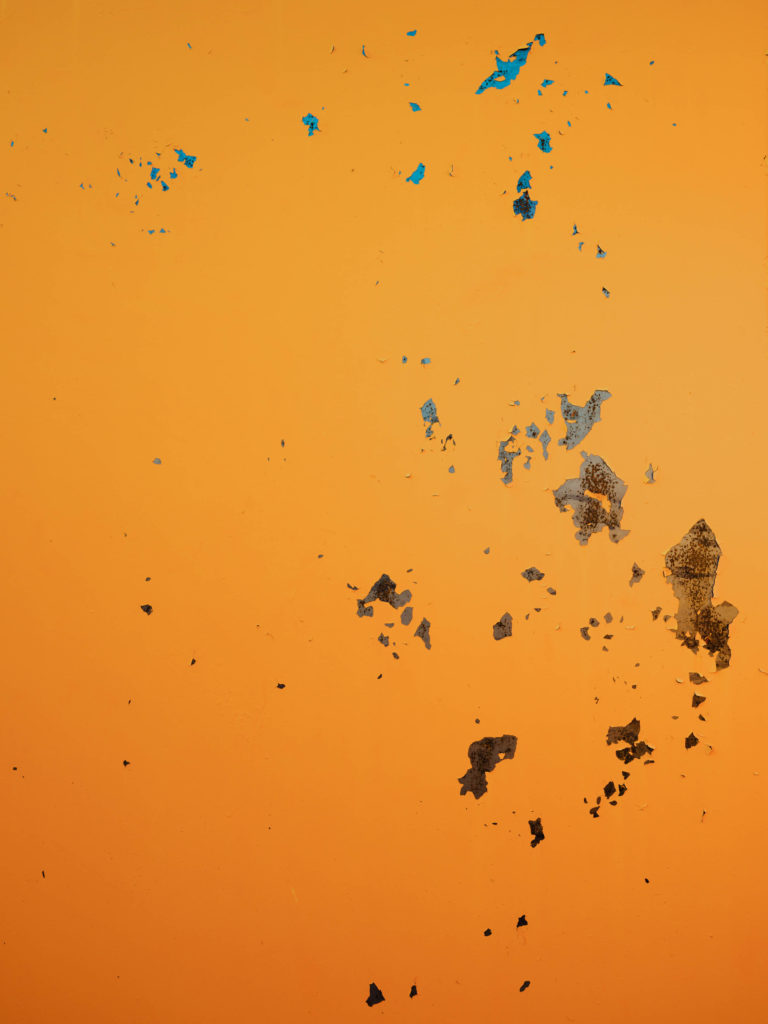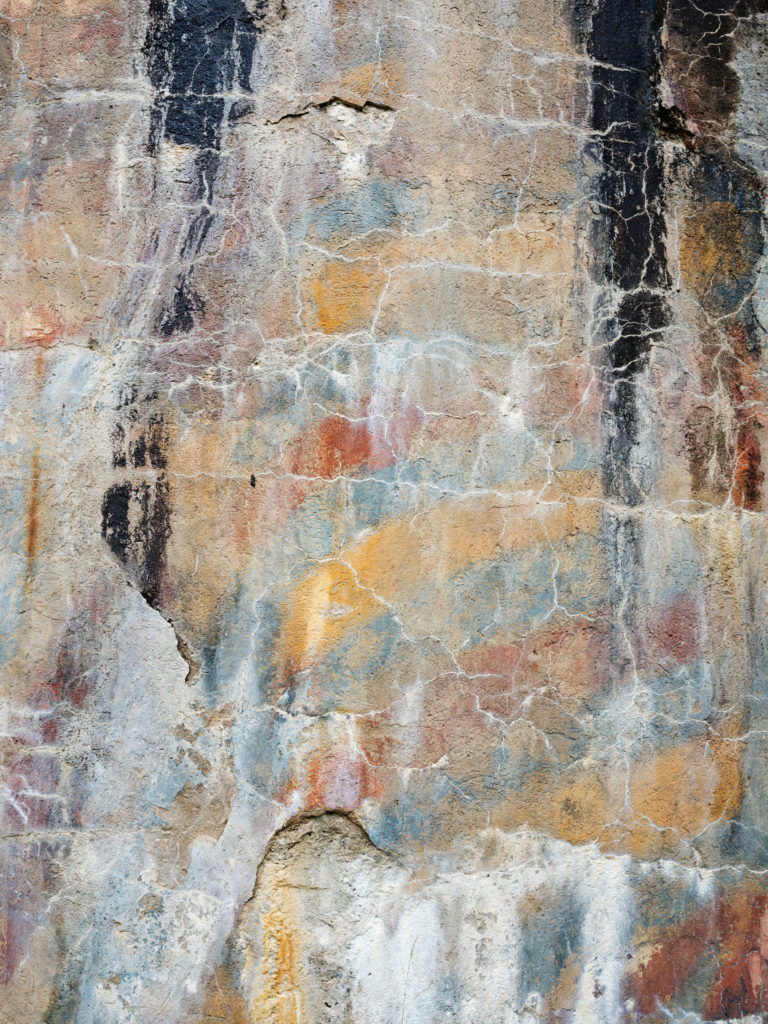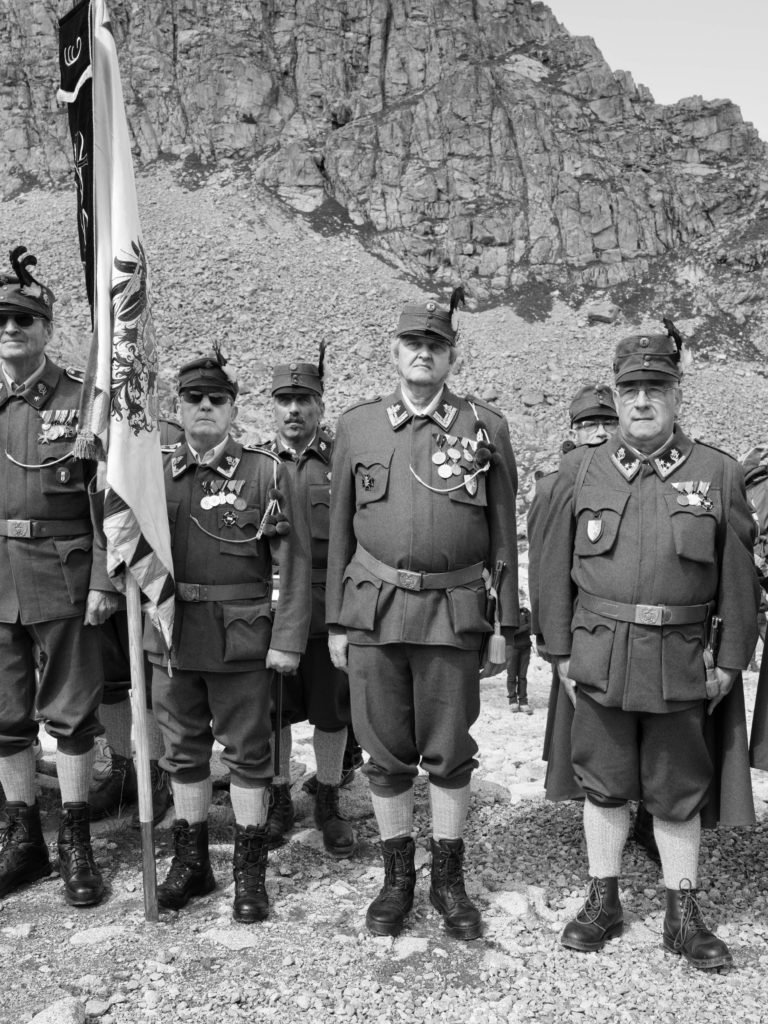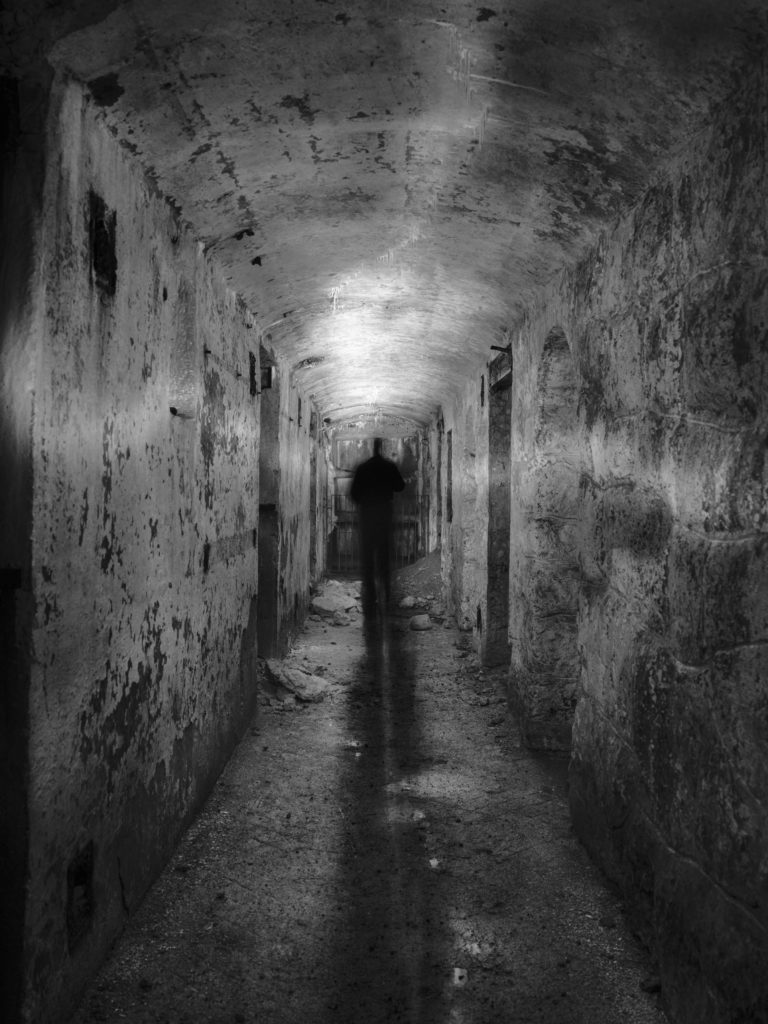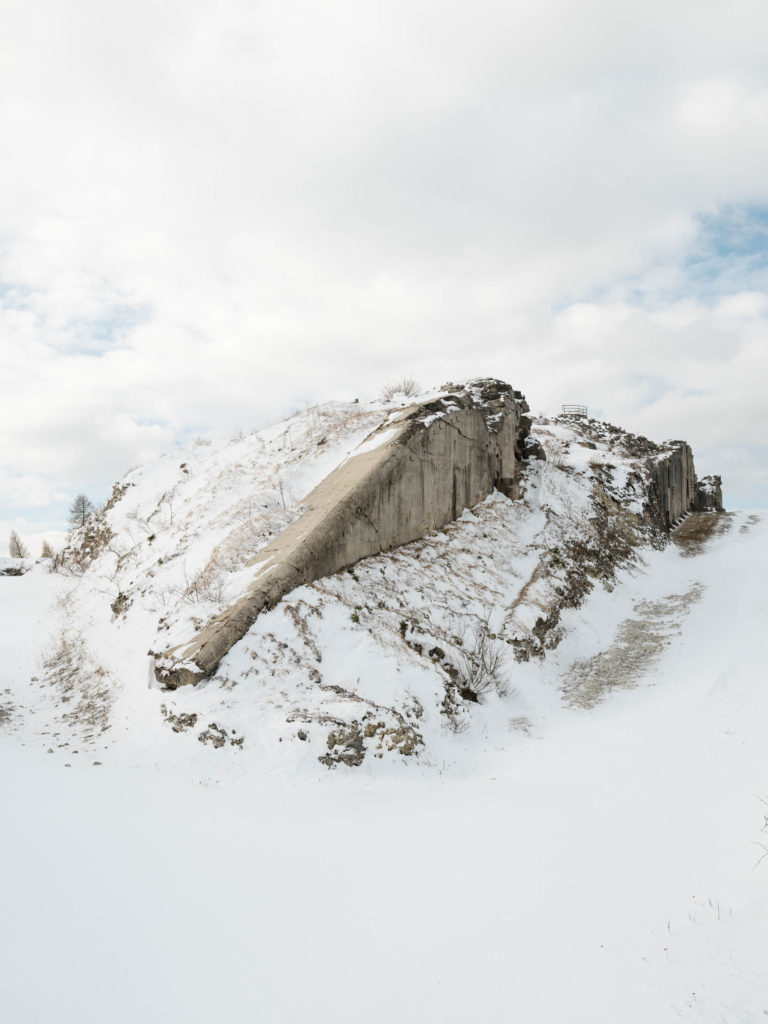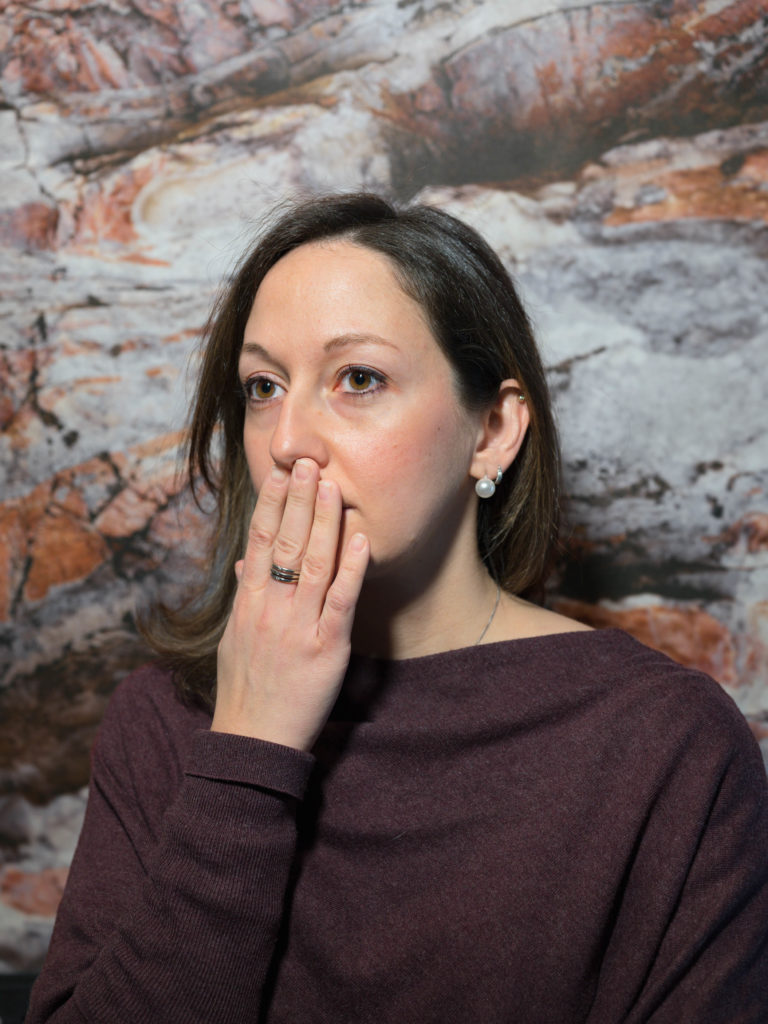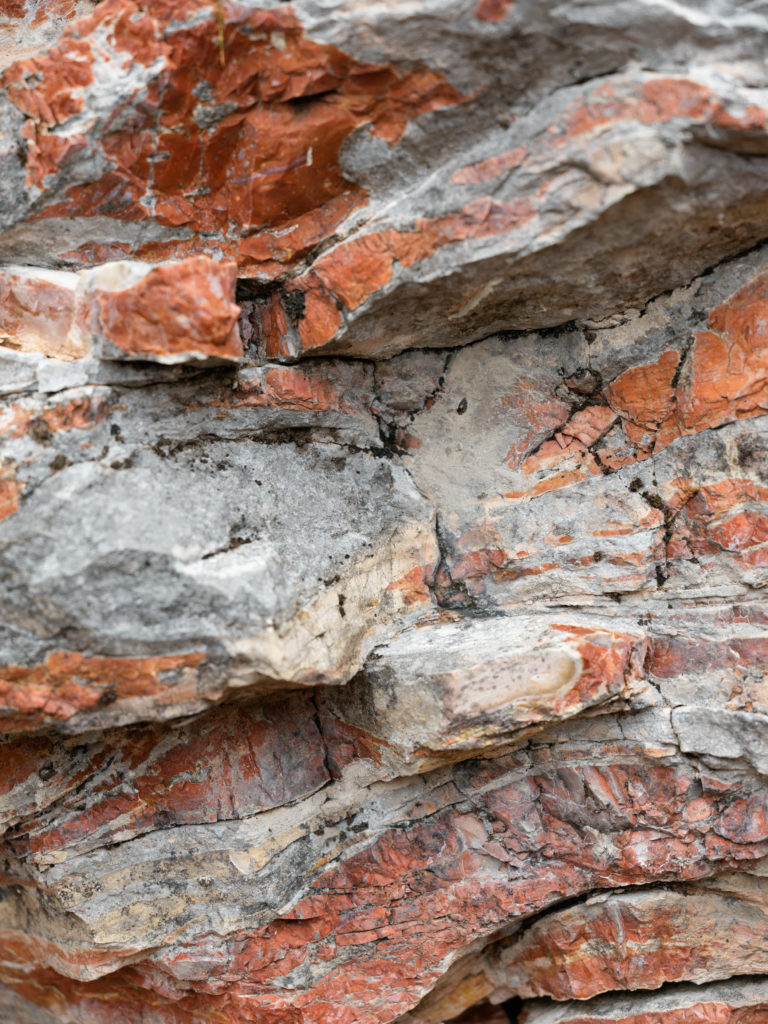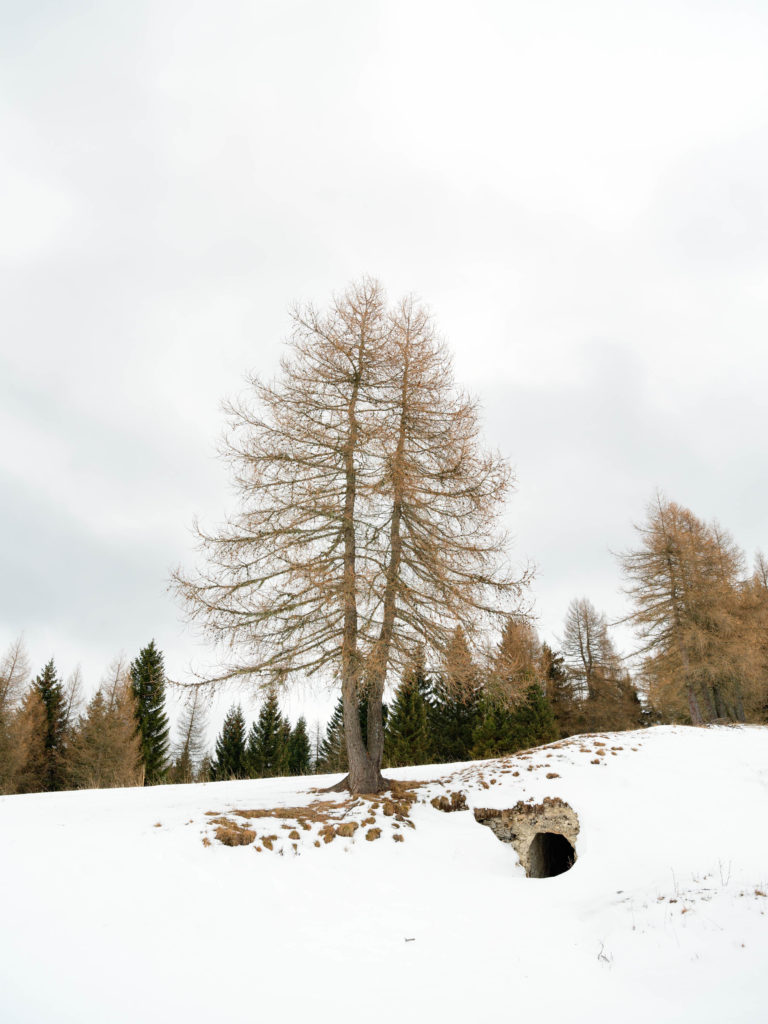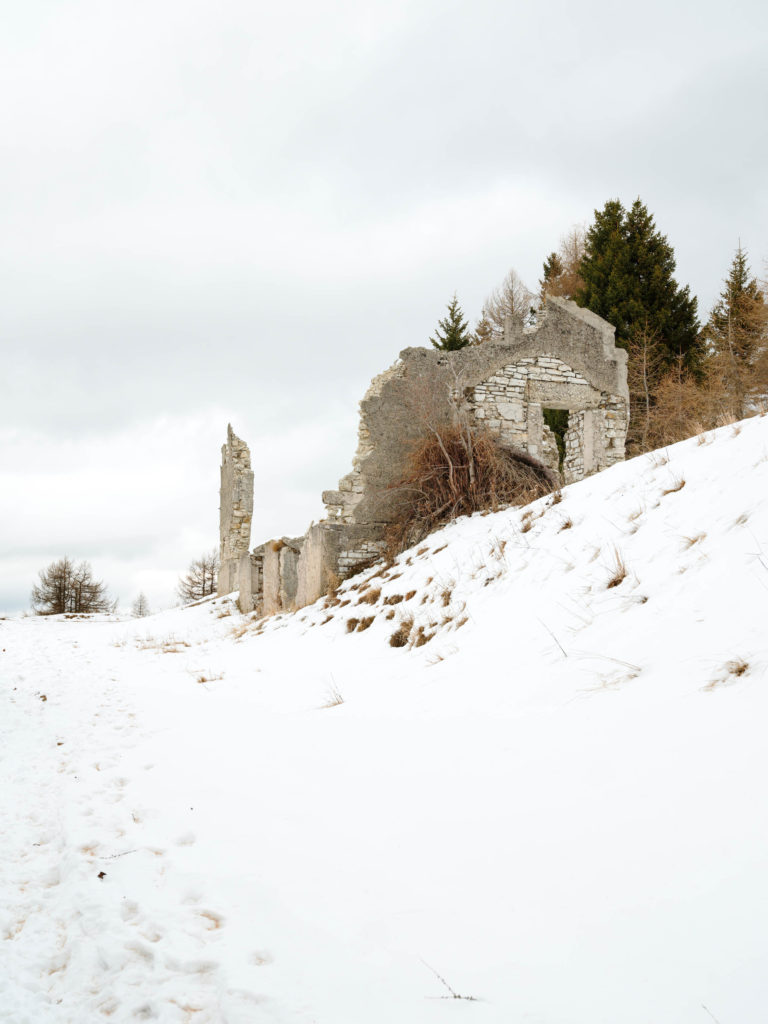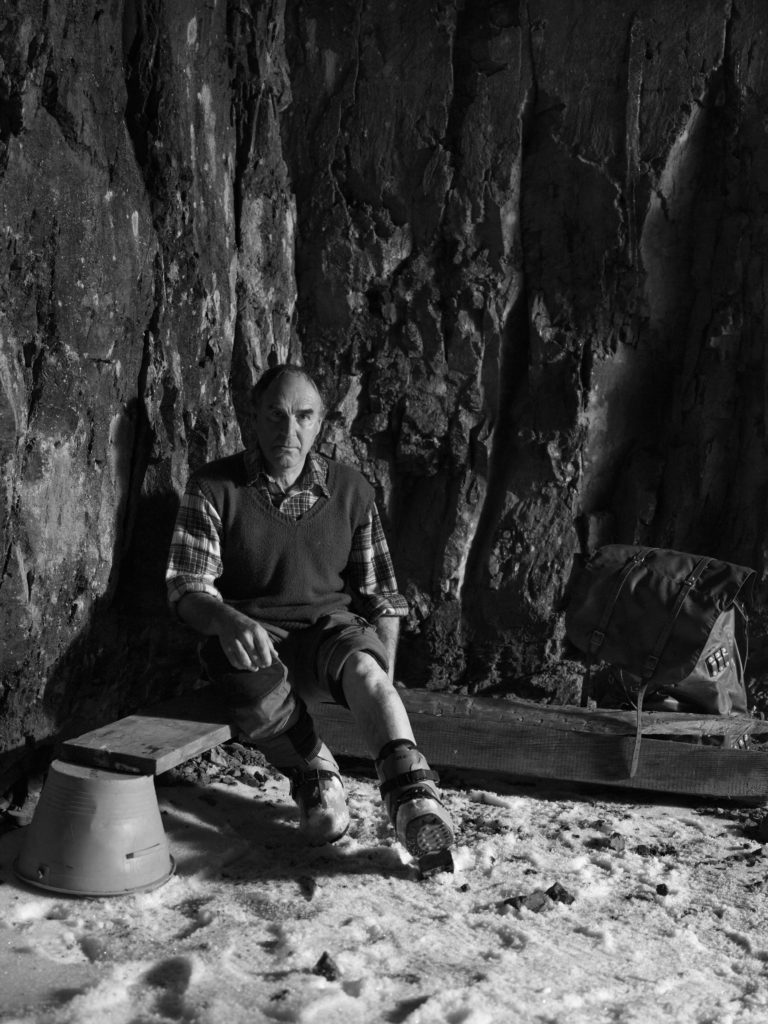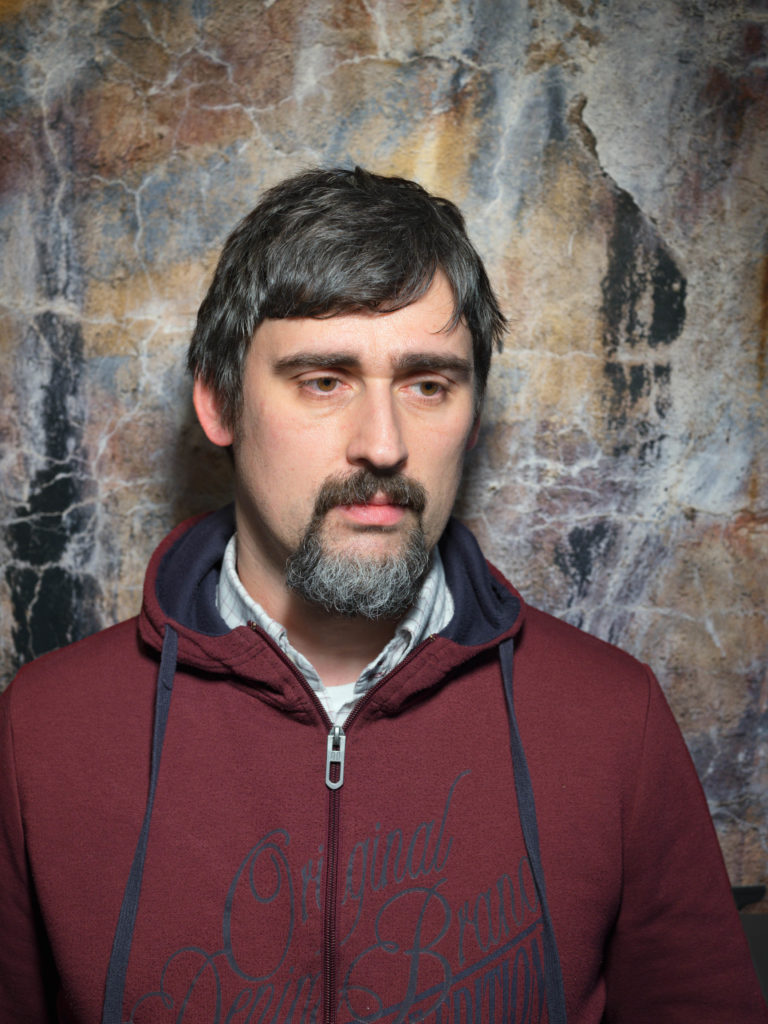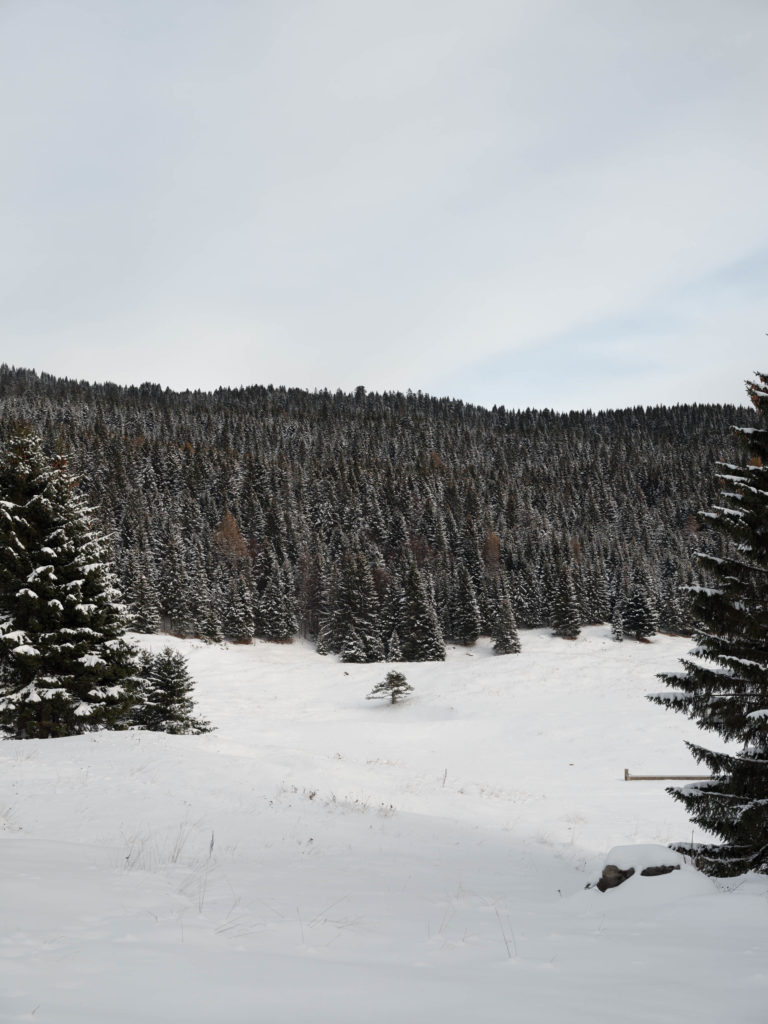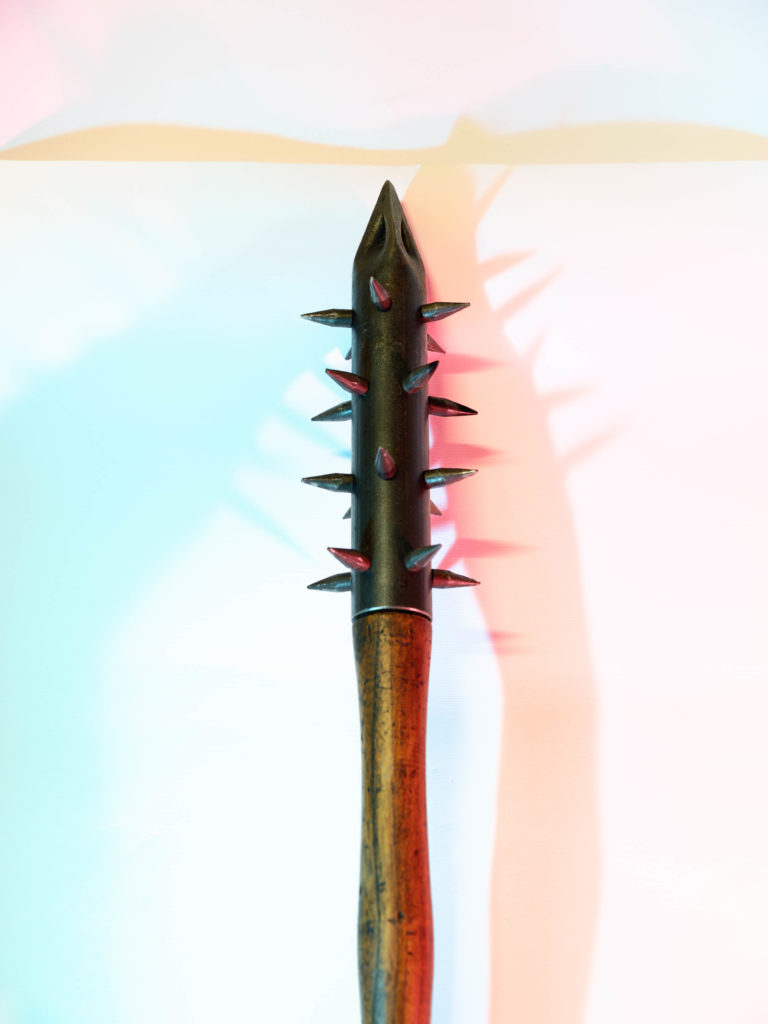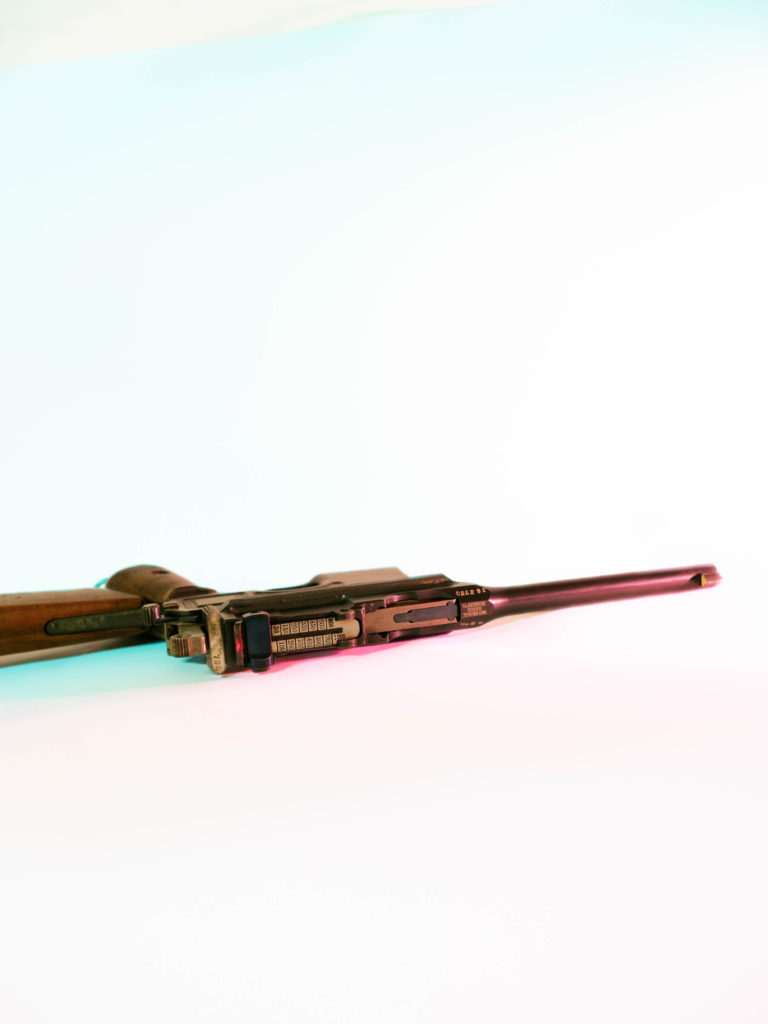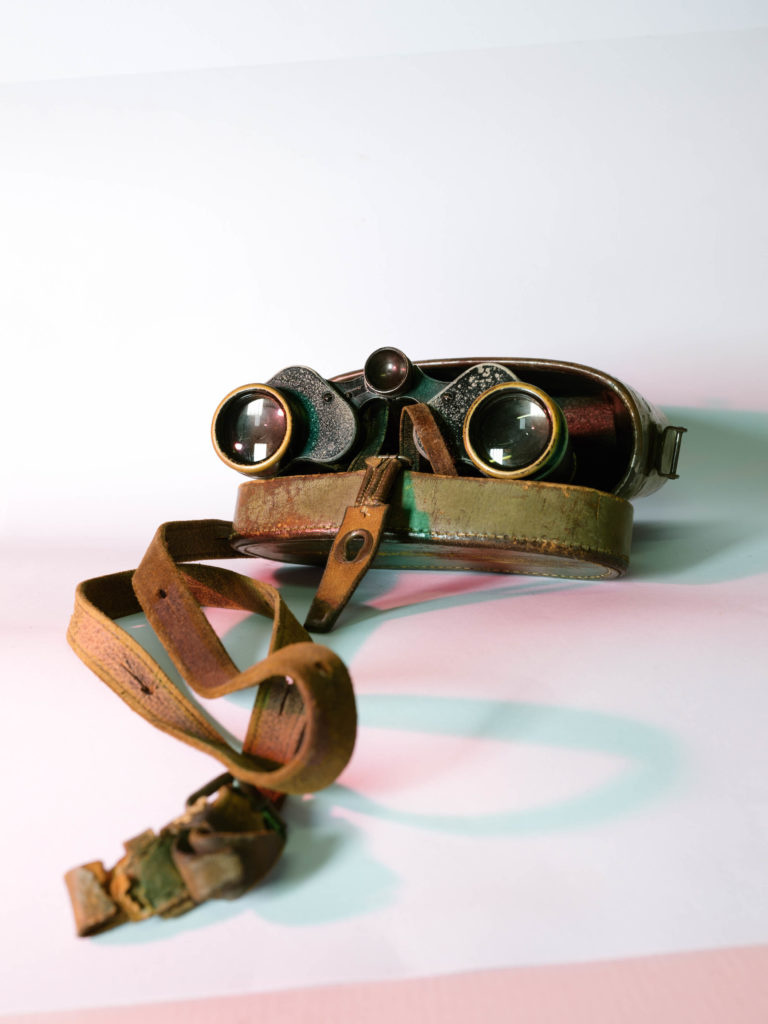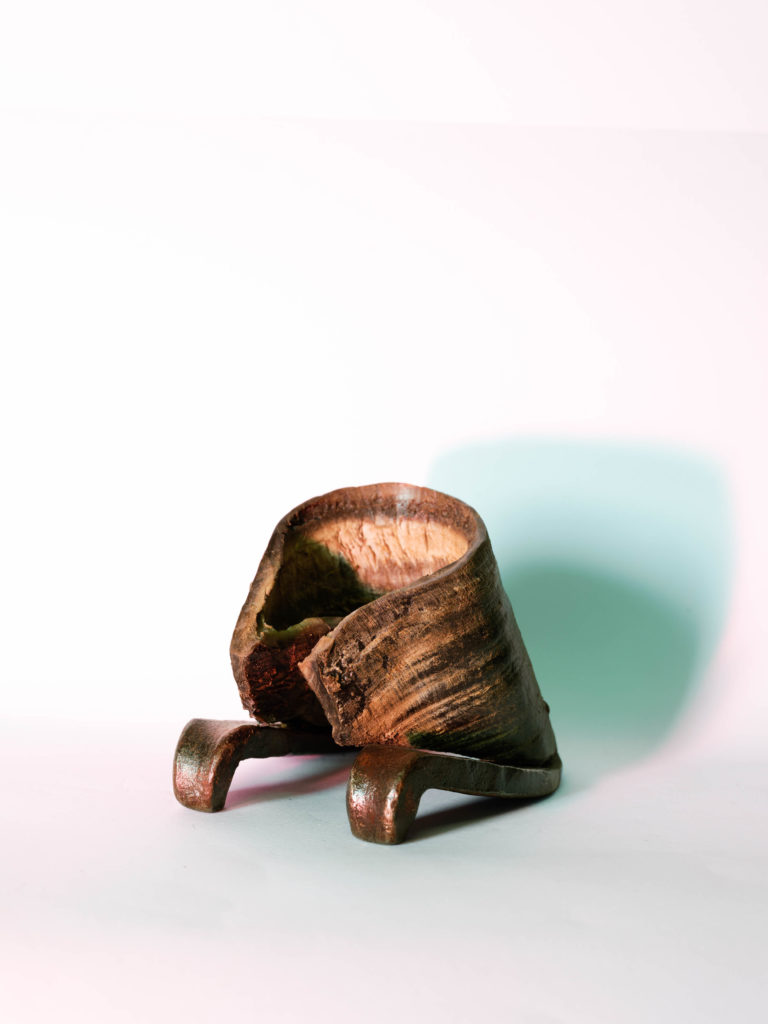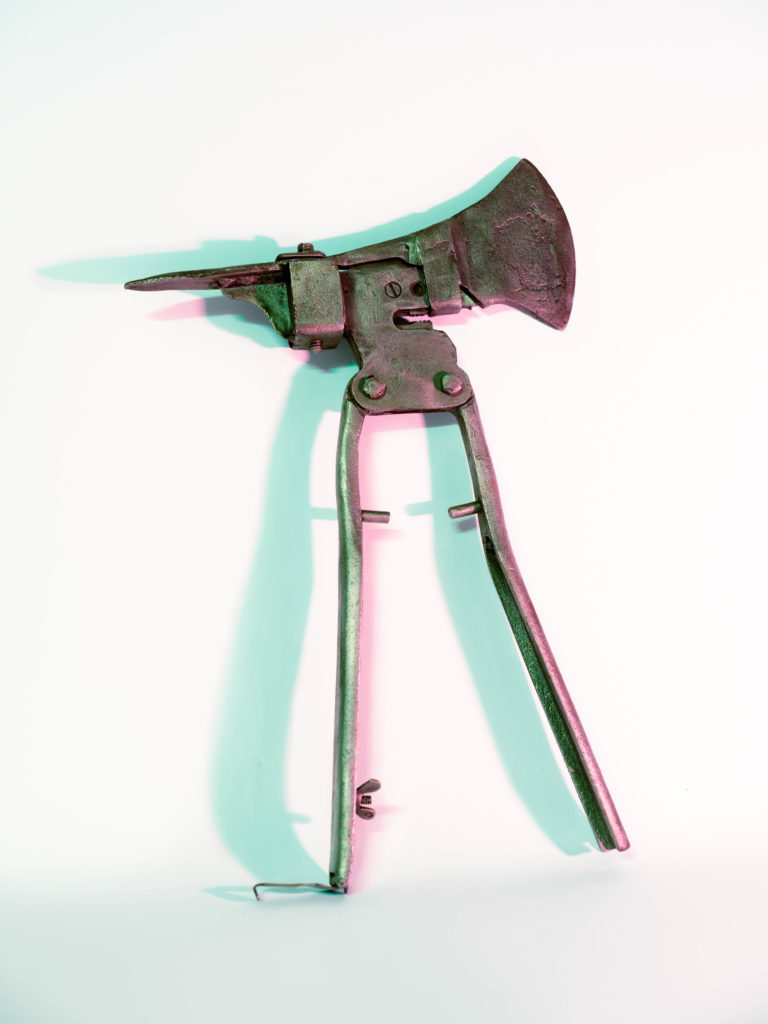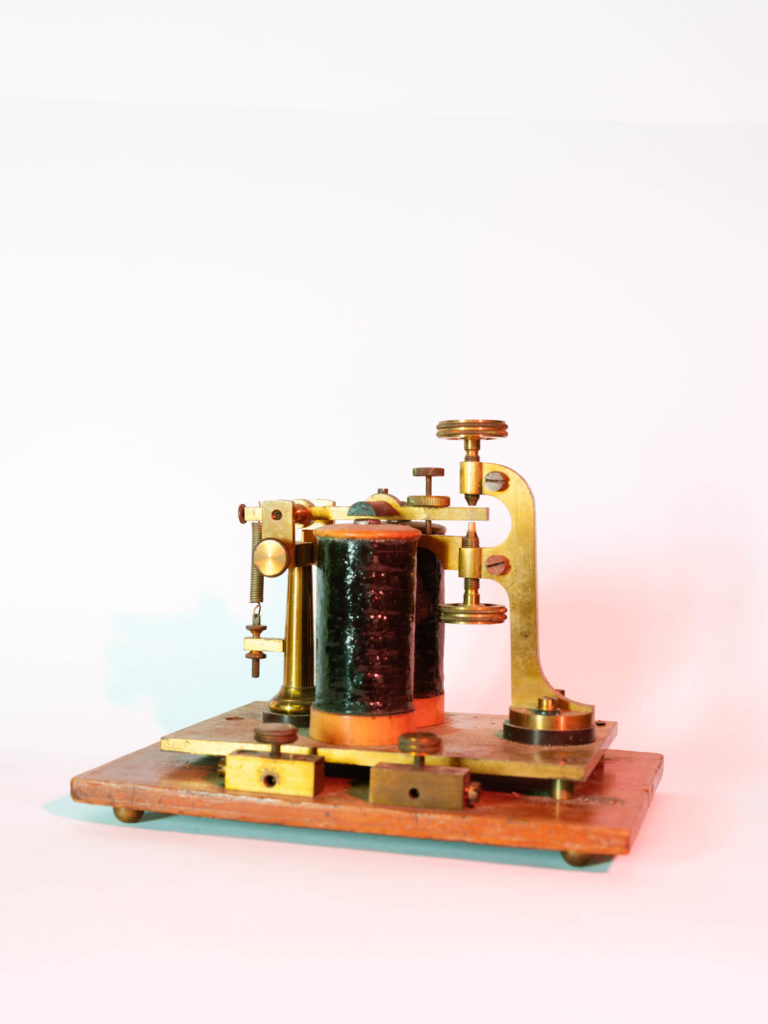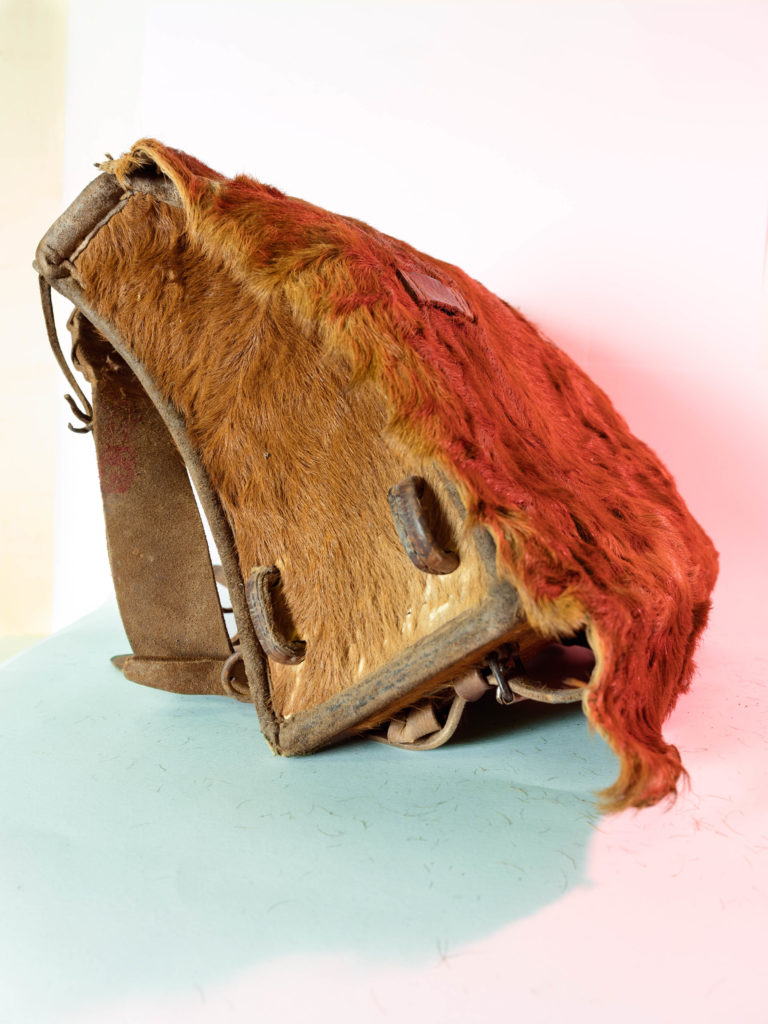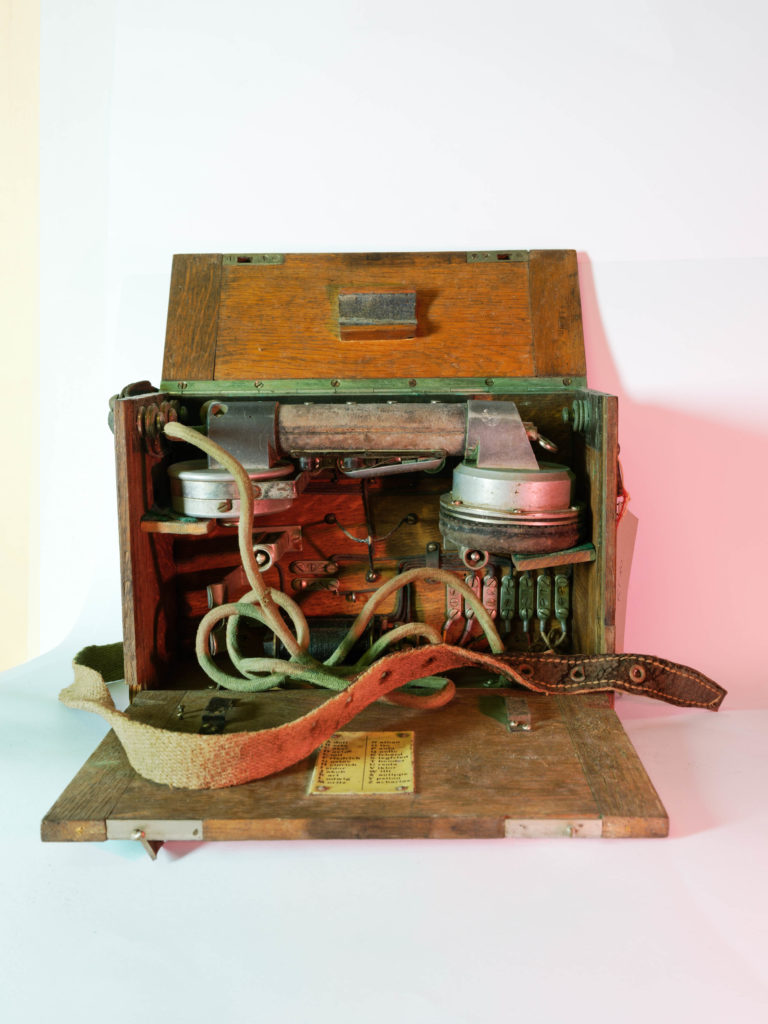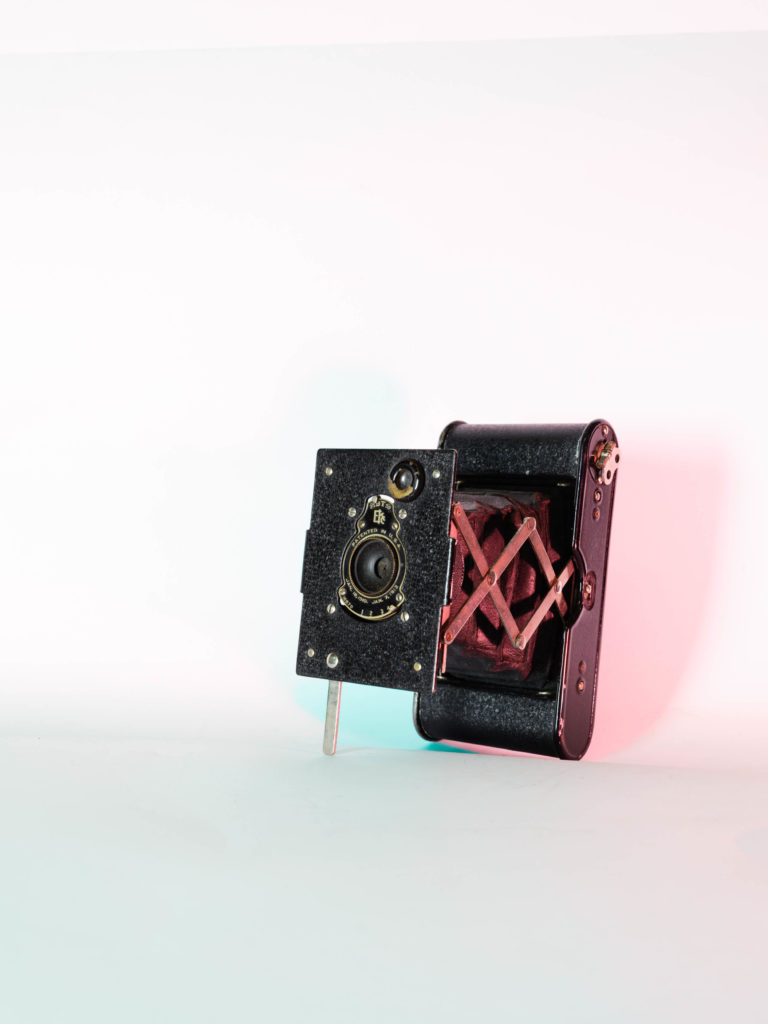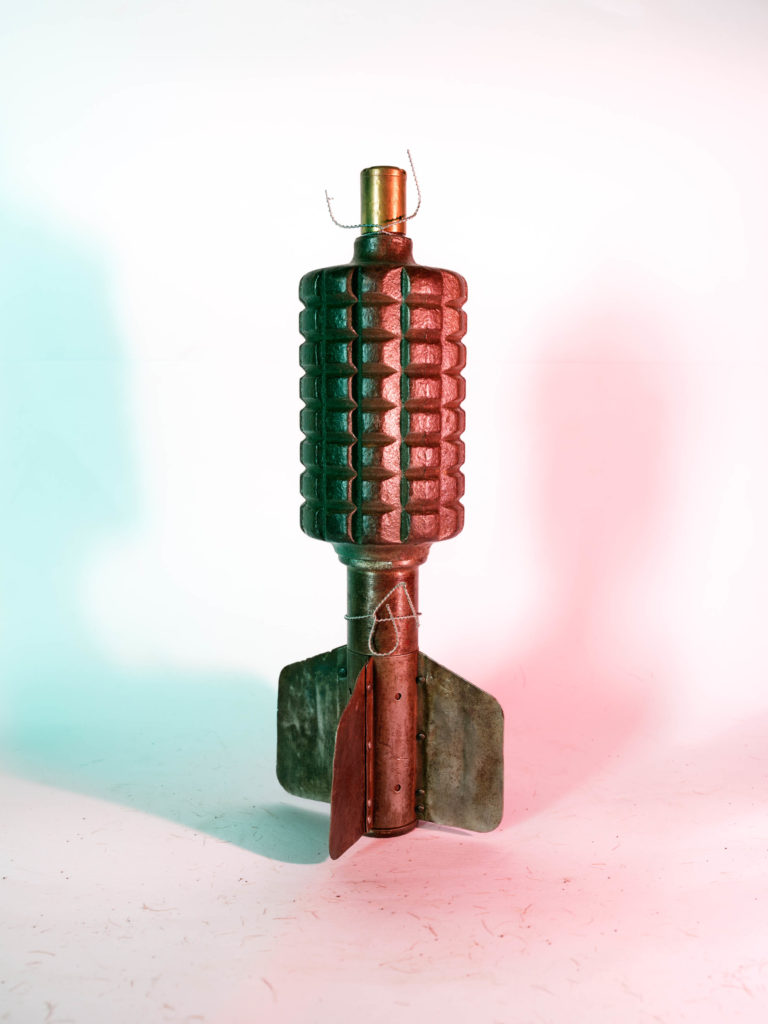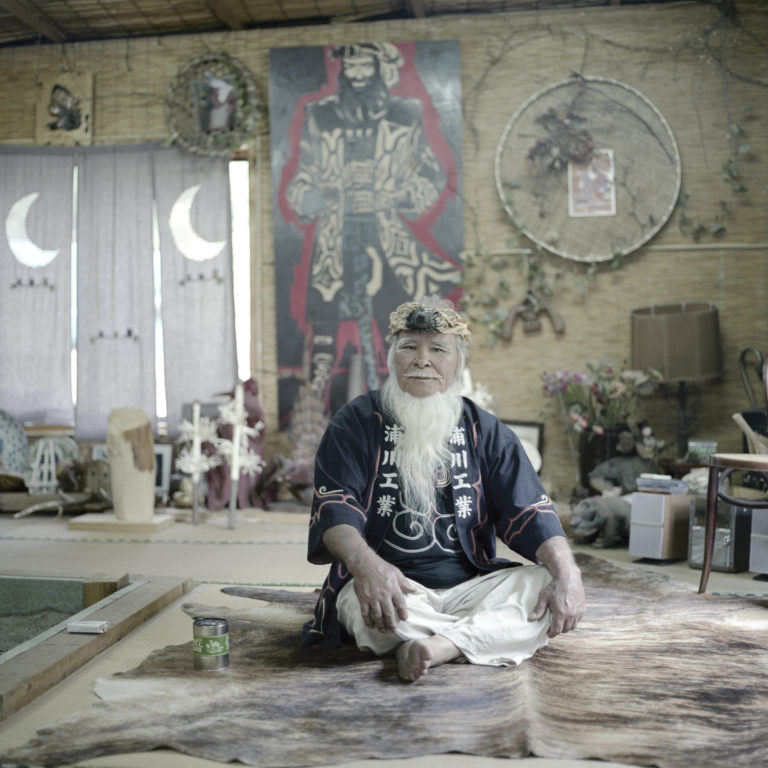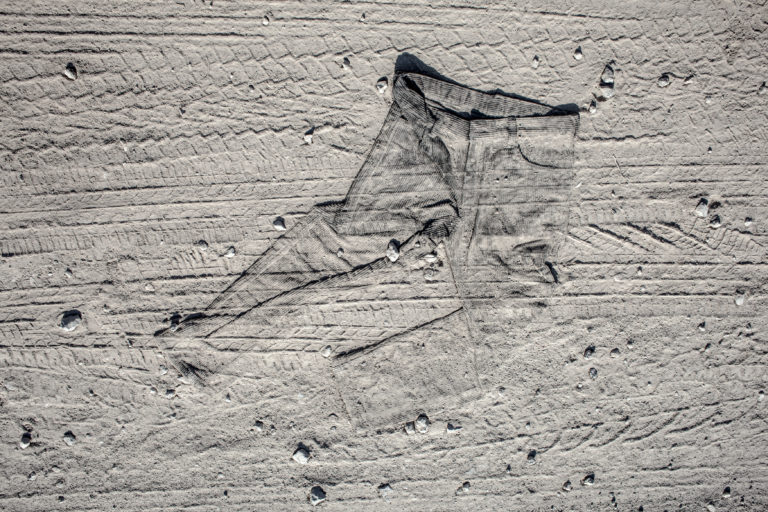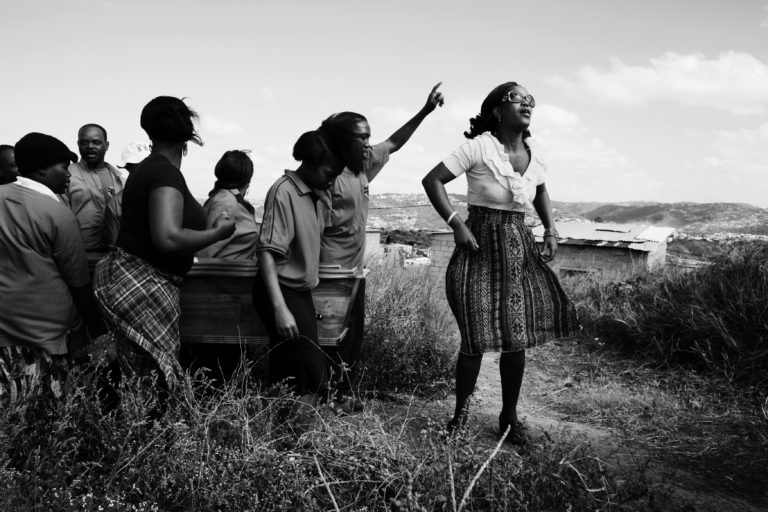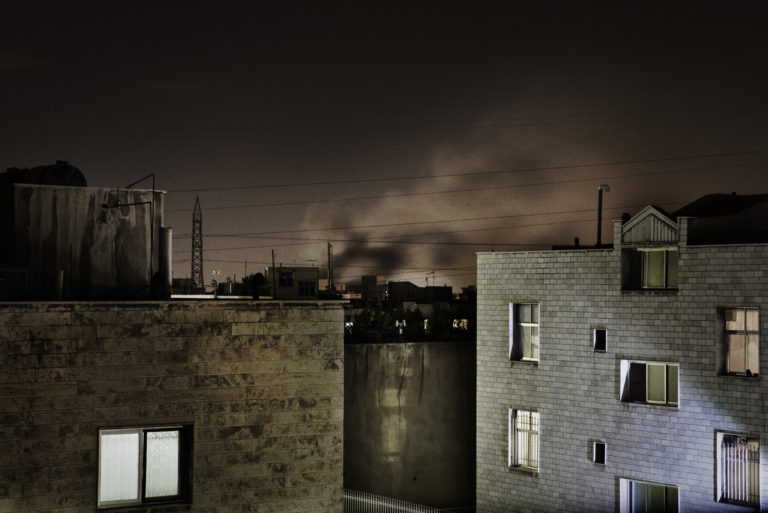“For young people, the Great War is further away than the moon”
— MARIO RIGONI STERN
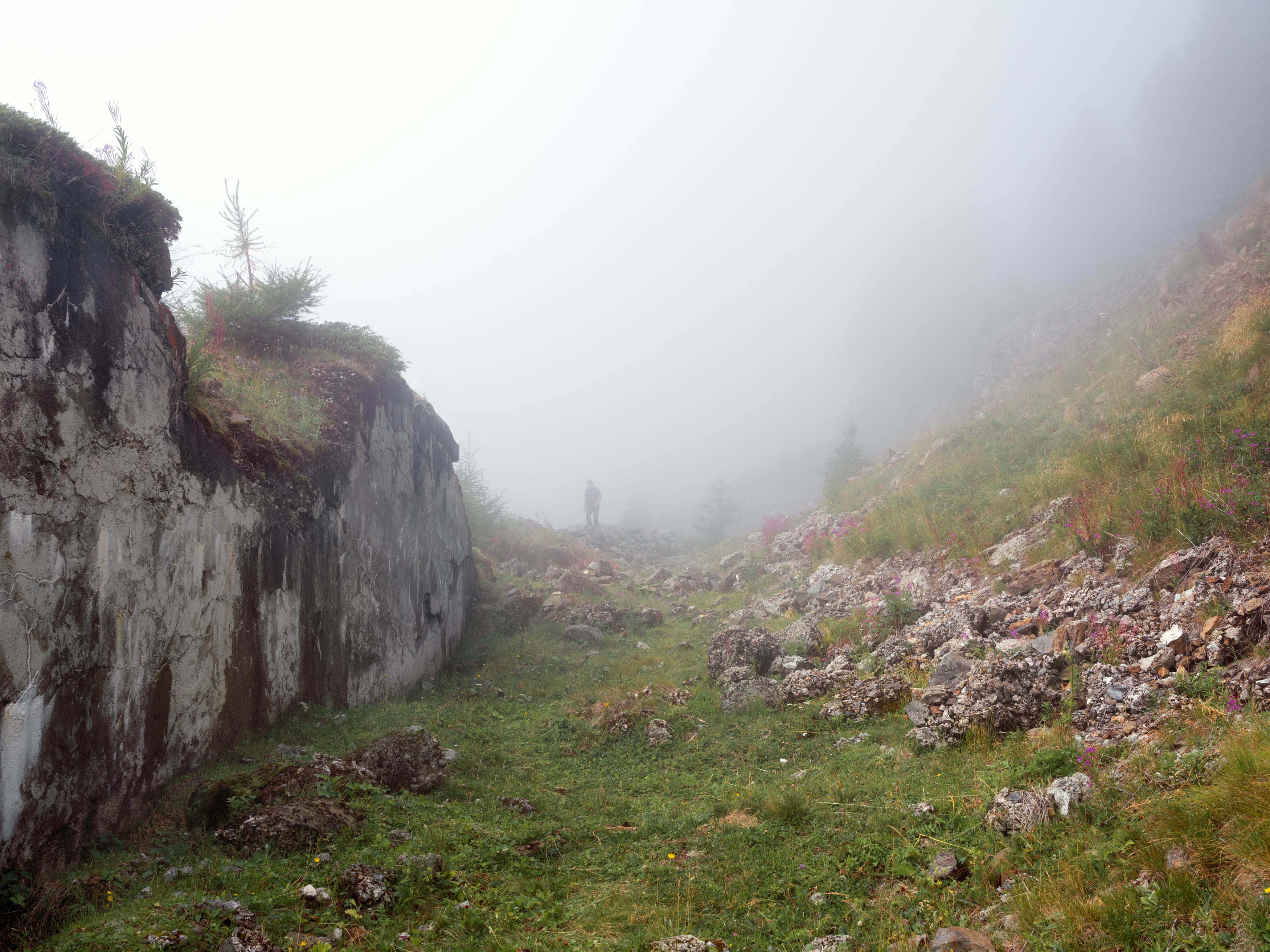
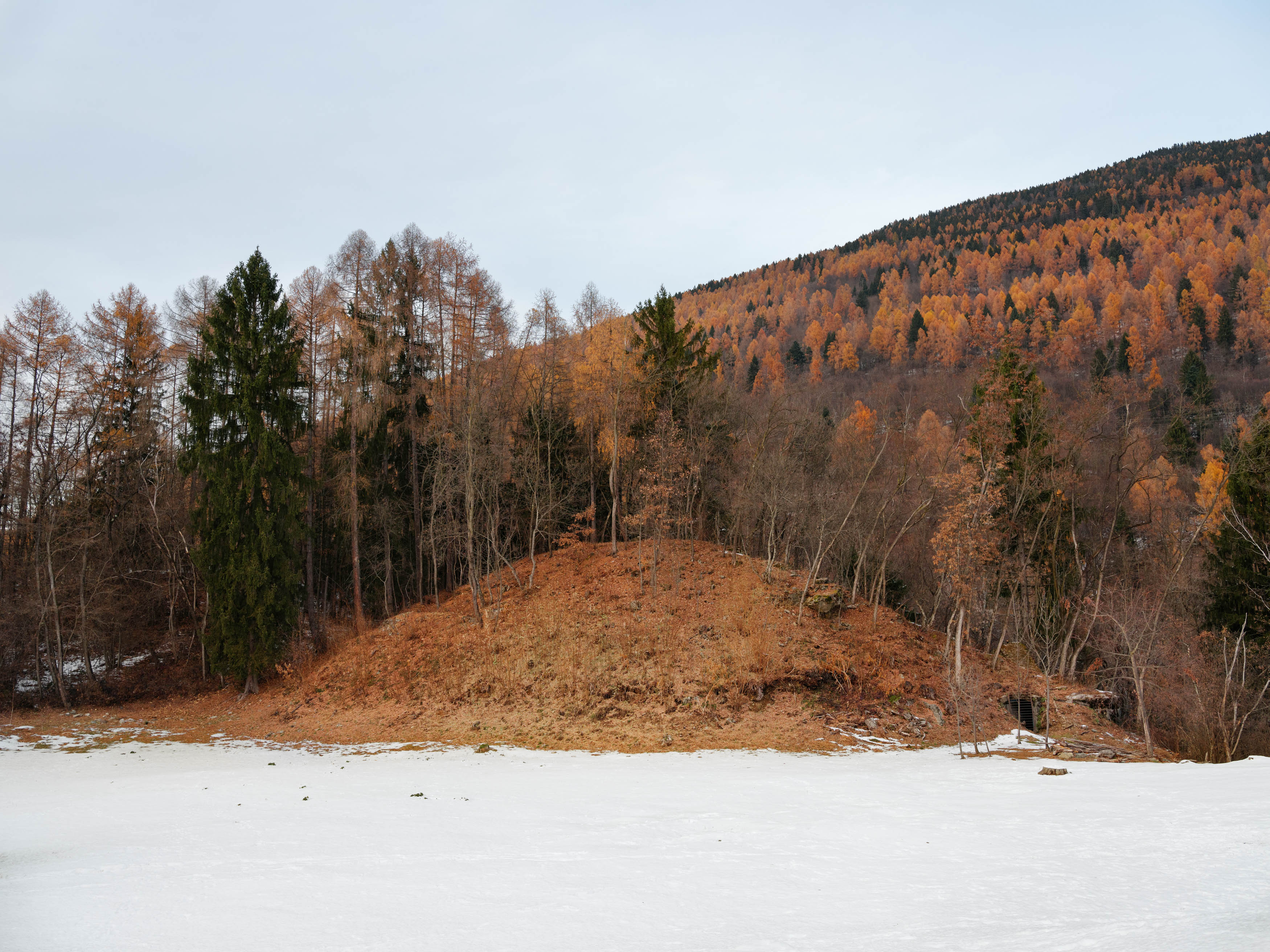
As I walk along the path the trenches are silent, swallowed up by the dense vegetation.
The guides hasten to tell me that during the war these peaks were arid heaps of stone, cracked and dislodged by the soldiers and bombs. The beautiful natural landscapes and the romantic ruins that we see today are a long way from the scenario in which the Italian and Austrian soldiers lived and fought from 1915 to 1918 in Trentino. I could not have imagined the camouflage colours of the Tonale forts, the phosphorescent yellow of an explosive, the red rocks, the blue-grey uniforms, nor the bright green feathers of certain officers’ hats. In my mind’s eye, the First World War was black and white, because that’s how the photos were. They tell me that this footpath lets you walk through time, but although there are numerous signs of what happened, they are not enough. It is impossible to depict the harshness, the unfathomable atrocity, the distance from us of this war that took place a hundred years ago.
These photos bear witness to my attempt to get closer to what happened, by listening to the landscape, the surfaces that carry the traces of time, through historical re-enactments, objects in the museums, scavengers and historians in the act of remembering.
An expression comes to my mind: “theatre of war”. This saying usually refers to the places where military confrontations take place. But theatre also means story, performance and memory. The path seemed immobile to me, but it could be set in motion by telling its story and through my imagination. I tried to give back life to it and make it visible. Thus a fragile, shaky word like memory becomes presence.
“Not only kids, primitives, and southern women love bright colors – war does too.”
— M. TAUSSIG
